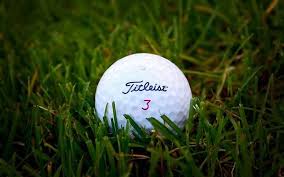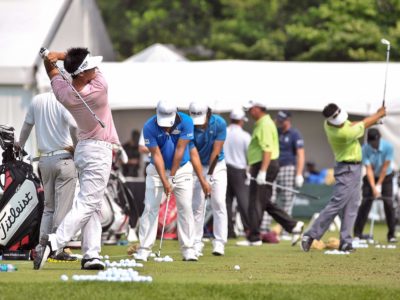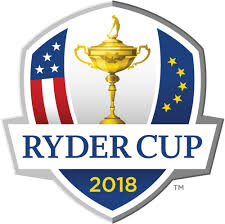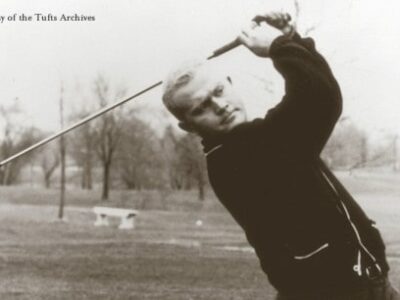By Ed Travis
Television commentators droning on about the prodigious length tour pros hit the golf ball and the ongoing debate about shortening the golf ball prompted me to look at actual data supplied by the PGA Tour to decide if this was a valid debate.
Premise:
Players with the faster swing speeds should hit the ball farther, post lower scores, plus win more money.
Not so fast my friend!
Here is a listing of the players with the five fastest swing speeds recorded at the Arnold Palmer Invitational. (provided by the PGA Tour)
Keith Mitchell…………… 123.97 mph
Rory McIlroy…………….. 122.34 mph
Tiger Woods……………… 121.90 mph
Tony Finau………………… 121.90 mph
Gary Woodland…………. 121.84 mph
Elite tour professionals and top caliber amateurs, unquestionably hit the ball farther than in the past, however that’s not the issue.
The question that should be asked, Is the added distance is a detriment to the game?
Analysis of overall swing speed should correlate to driving distance, scoring average and money won.
Driving Distance Driving Distance Rank Scoring Average Money List
Keith Mitchell 312.1 yards 10 143 170
Rory McIlroy 314.1 yards 6 16 19
Tiger Woods 304.2 yards 36 5 32
Tony Finau 322.7 yards 1 13 19
Gary Woodland 312.2 yards 9 29 25
 Even though Mitchell has the highest swing speed, he is only tenth in driving distance, with McIlroy sixth, Woods 36th, Finau first and Woodland ninth.
Even though Mitchell has the highest swing speed, he is only tenth in driving distance, with McIlroy sixth, Woods 36th, Finau first and Woodland ninth.
More interesting is their relative scoring average: Mitchell is way down at No. 143, McIlroy 16th, Woods fifth, Finau 13th and Woodland 29th.
To put this in perspective, this year’s scoring leader, Dustin Johnson averages 68.843 strokes per round. In 1999, 19 years ago and prior to introduction of the game-changing Titleist Pro V1, the leader was Tiger Woods, 68.432, nearly ½ stroke better than Dustin Johnson today.
USGA statisticians call that amount of difference over 19 years, “noise.”
How does high swing speed correlate to money won?
Mitchell is ranked No. 170 in official earnings, McIlroy is 19th, Woods 32nd, Finau tenth and Woodland 15th. Thus, faster swing speeds and longer drives do not necessarily guarantee higher earnings on tour.
Do longer drives mean a higher percentage of greens hit in regulation (GIR)?
GIR GIR Rank
Mitchell 64.93% 113
McIlroy 60.78% 182
Woods 61.42% 174
Finau 69.29% 32
Woodland 72.76% 3
Compared to 1999, when David Duval was ranked first with a 73.57% GIR. In 2018, Kevin Streelman leads the tour with 72.83% GIR. More statistical noise.
We could continue, but hopefully, you get the point. The conclusion is obvious. Although elite golfers are swinging faster and hitting the ball farther, it does not translate into lower scoring averages and prize money won.
But we already knew that.
The BIGGER question is,
Why do the all-powerful and wise rulers of the game, the USGA and The R&A want to limit the golf ball?
In my humble opinion, unsupported statements such as; the longer ball causes slow play, courses are forced to spend millions to increase length and great old classic courses are unable to host Tour events, are all ludicrous.
We all know slow play has everything to do with an individual player, course set up, weather, plus other factors, not the distance the ball is being hit.
In many situations, older classic courses have limited acreage for parking, corporate hospitality, television production and tens of thousands of fans.
Ball distance has nothing to do with it, they simply are not capable of holding a big-time event.
Those who want to roll back the ball or split the rules (bifurcation) are simply trying to justify their argument and convince the golfing public, that a distance issue exists and needs to be fixed.
The facts seem to prove otherwise.
The PGA Tour, the PGA of America, along with Acushnet, makers of the Titleist Pro V1, and TaylorMade Golf, whose drivers are the most widely played by professionals, do not agree with the assessment of the USGA and The R&A’s distance report.
The PGA Tour understands they are in the entertainment business, and renowned teacher Hank Haney had it right, when he said,
“People don’t go a ballgame to see bunt singles, they go to see home runs.”
What we are facing is not a problem of the ball going too far, but the “perception of a problem,” because a few respected industry members have beat the drum and the USGA and The R&A have taken notice.
Do we all remember the story of “Chicken Little?” The Sky ain’t falling folks!
Tour players are bigger, stronger, and better trained. They are wielding clubs fitted to their personal swing and hit low-spin solid-core golf balls onto firm, fast fairways. Plus, they play on golf courses better maintained than at anytime in the past.
It seems the USGA and R&A are promoting a problem, to justify imposing a solution.
They both appear to be clearly out of touch with the facts, as well as, the majority of golfers.










